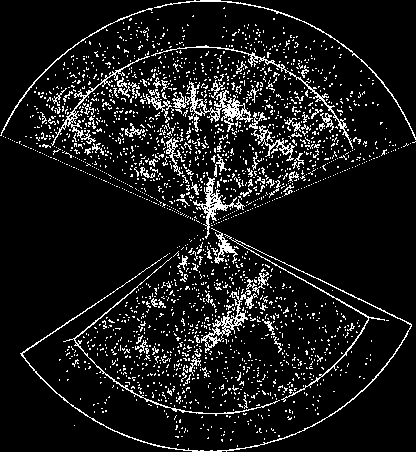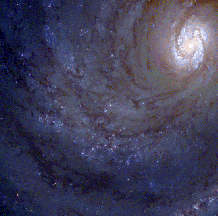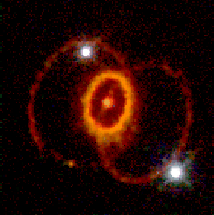Physics 10240 Book Report
The following is a summary of the criteria by which the book report will be
graded.
Each item is worth between 1 and 10 points toward a total score of 100
points.
Factors such as the difficulty of the book and clarity of the report will
affect the scoring
of each section.
Length
The book report should be exactly 3 pages long (single or 1.5 spacing) excluding the header sheet.
All book reports must contain the following:
Header (One page)
- Title
- Author
- Publisher
- Number of Pages
- Abstract: Summarize in one concise paragraph what the book is about and how it relates to the course.
Introduction
- Who is the author (a short biography/bibliography)?
- Why should one pay attention to what this author says?
- What exactly is the author writing about?
- Why is this interesting (if it is)?
- How does the topic of the book relate to Physics 10240?
Body
- Summarize the main points that the author is trying to make in each chapter.
- Summarize the main facts that the author cites to make these points.
- What (if anything) have you learned from this chapter that was not covered in class?
Conclusion
- Why is this book good (if it is good)?
- Which sections/chapters are the best?
- Why is this book bad (if it is bad)?
- Which sections/chapters are the worst?
- What is the level of the book (i.e., what is the target audience in your opinion).
- Would you or would you not recommend that this book stay on the reading list?
- If the book was not on the reading list, do you recommend that it be added?
Astronomy Resources This is the best starting point if you want to branch out on your own.
Hubble Space Telescope Pictures Wonderful images of current research in Astronomy and Astrophysics. Each comes with a caption, and sometimes additional technical information.
 The Messier Gallery
A collection of images of objects in the Messier catalog.
The Messier Gallery
A collection of images of objects in the Messier catalog.
The Supernova Cosmology Project at Berkely and Harvard
The Solar Neutrino Problem A page at the UC Riverside describing experimental and theoretical progress on what was one of the most important problems in physics.
COBE: The Cosmic Background Explorer The initial observations of the anisotropy in the cosmic microwave background.
WMAP: Wilkinson Microwave Anisotropy Probe Modern measurements of anisotropy in the universe as measured by the cosmic blackbody spectrum.
The Planck ESA satelite Planck is the current cosmic microwave satelite.
 LIGO
The Laser Interferometer Gravitational-Wave Observatory (LIGO) project home
page. This is a major effort to detect gravitational waves.
LIGO
The Laser Interferometer Gravitational-Wave Observatory (LIGO) project home
page. This is a major effort to detect gravitational waves.
The Sounds of Pulsars This page has some recordings of pulsar "sounds". A suitably equipped workstation will allow you to listen to them.
National Radio Astronomy Observatory Home Page National Radio Astronomy Observatory including pointers to Green Bank, Kitt Peak and the VLA.Radio Astronomy Home Page The Arecibo Radio Observatory.
 Jodrell Bank Home Page
University of Manchester, Jodrell Bank Radio Observatory.
Jodrell Bank Home Page
University of Manchester, Jodrell Bank Radio Observatory.
Caltech Astronomy They operate Palomar Observatory, Keck Observatory, Owens Valley Radio Observatory, Caltech Submillimeter Observatory, Chajnantor Observatory and the Big Bear Solar Observatory.
Berkeley Cosmology Group Cosmology at Berkeley. CMB anisotropy, Supernova Cosmology Project and more.
Black Holes and Neutron Stars Simulated trips to compact objects. Experience the effects of high gravitational fields. Good technical description.
The James Webb Space telescope The next generation space telescope
Stellar evolution of a high mass star A brief overview
 Large Scale Structure
Images of large scale structure from a number of red shift surveys.
Large Scale Structure
Images of large scale structure from a number of red shift surveys.
Dark Matter and Dark Energy This site tries to help understand the difference between dark matter and dark energy.
Astrophysics The Astrophysics research group at Carnegie-Mellon University.
Images of Radio Galaxies and Quasars
Electronic Textbook on Astronomy This is an interesting project at the University of Oregon to create electronic teaching tools for Astronomy. The links are useful, including some data for students to analyze.
A set of notes on Astronomy An Astronomy textbook on the Web.
John LoSecco(losecco@nd.edu) updated December 2022
